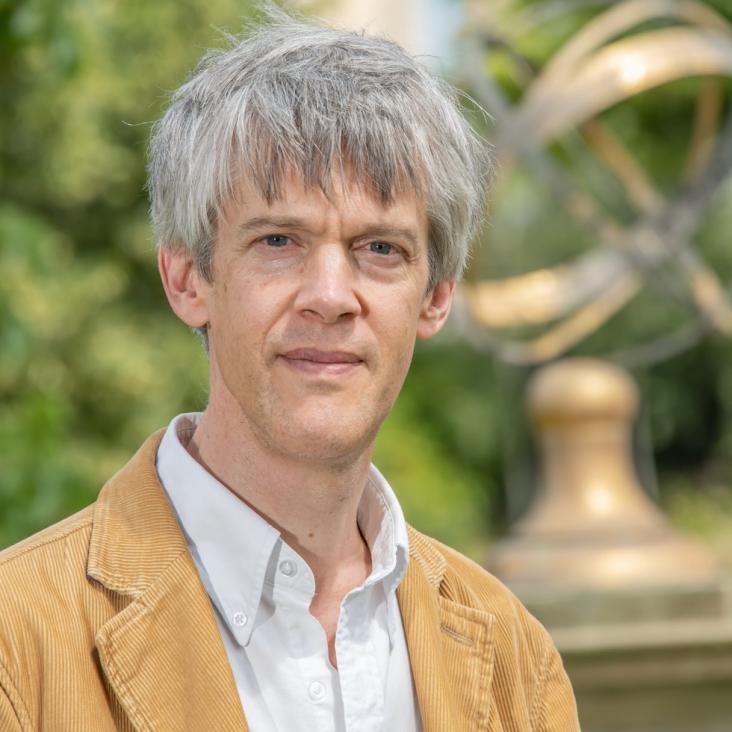Birdmen, cemís and duhos: material studies and AMS< sup> 14 C dating of Pre-Hispanic Caribbean wood sculptures in the British Museum
Journal of Archaeological Science 40:12 (2013) 4675-4687
Calibration for Archaeological and Environmental Terrestrial Samples in the Time Range 26–50 ka cal BP
Radiocarbon Cambridge University Press (CUP) 55:4 (2013) 2021-2027
Abstract:
Comments on the Use of Ezee-Filters™ and Ultrafilters at Orau
Radiocarbon Cambridge University Press (CUP) 55:1 (2013) 211-212
Compound-Specific Radiocarbon Dating of Essential and Non-Essential Amino Acids: Towards Determination of Dietary Reservoir Effects in Humans
Radiocarbon Cambridge University Press (CUP) 55:2 (2013) 709-719
Abstract:
Corrigendum to "Identification and correlation of visible tephras in the Lake Suigetsu SG06 sedimentary archive, Japan: chronostratigraphic markers for synchronising of east Asian/west Pacific palaeoclimatic records across the last 150 ka" [Quat. Sci. Rev. 67 (2013) 121-137] (DOI:10.1016/j.quascirev.2013.01.026)
Quaternary Science Reviews (2013)


